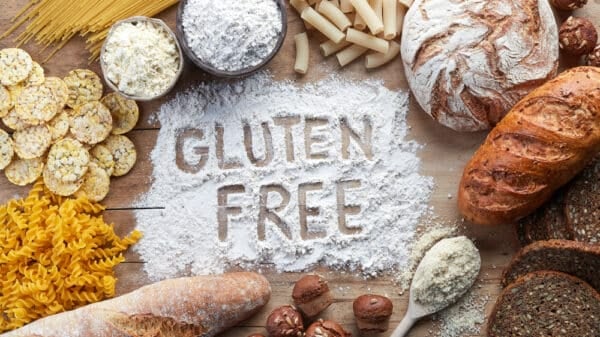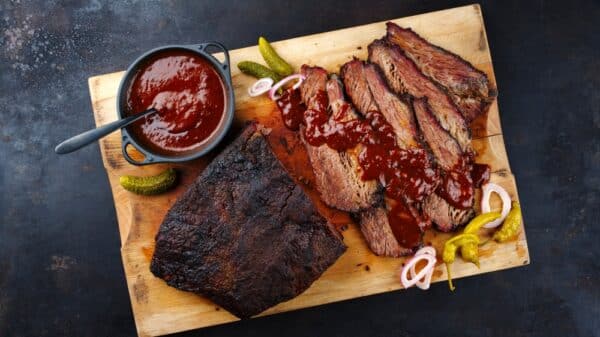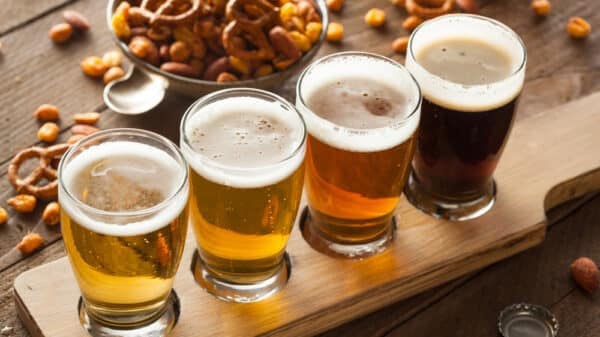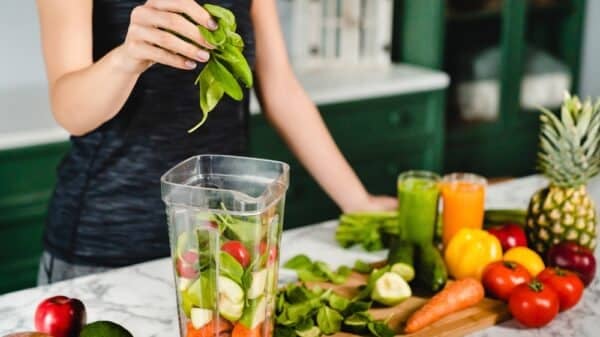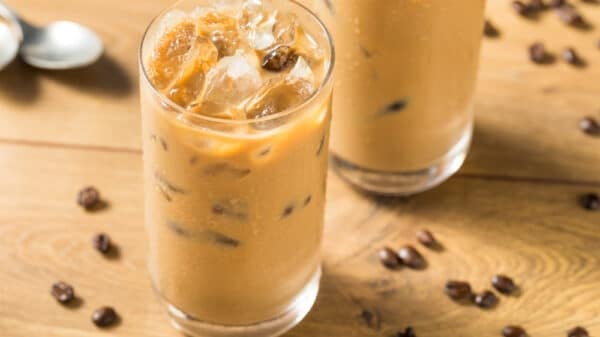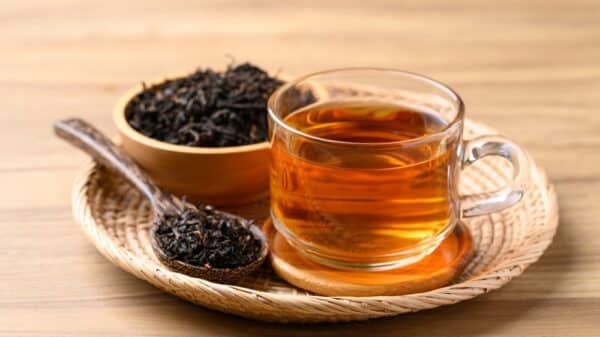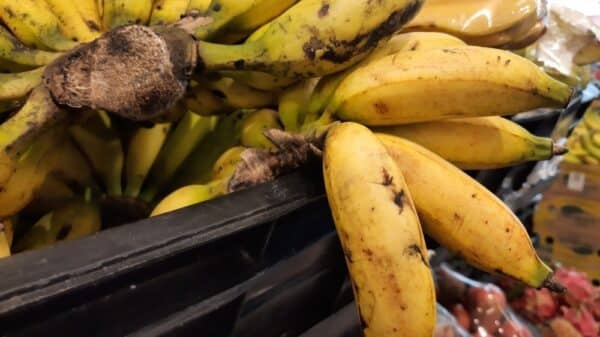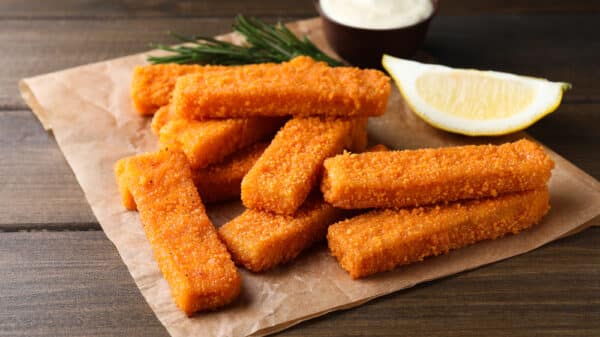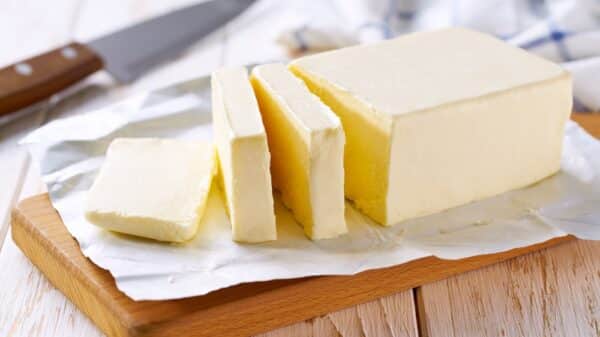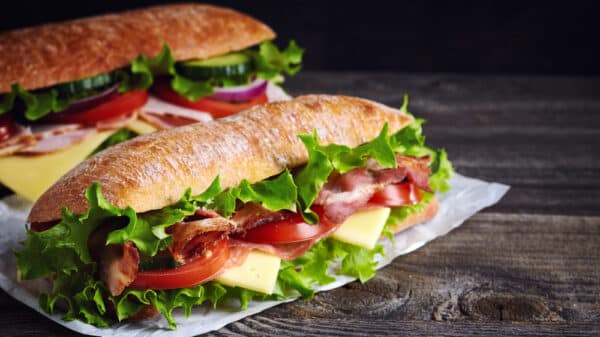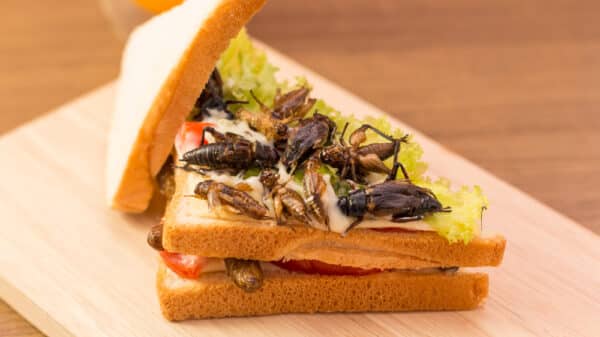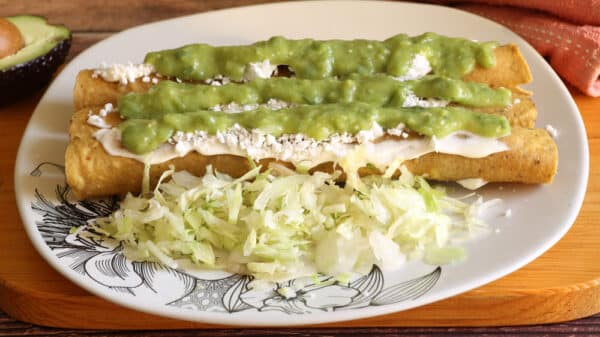The American beverage landscape is undoubtedly vast and varied, offering an impressive array of choices for consumers. From fizzy sodas to delicious fruit juices, every trip to the grocery store or local café feels like an adventure. However, this rich selection can quickly diminish as you leave the U.S. borders. Many popular drinks can be hard to find or completely banned in other countries, primarily because each nation has its own set of regulations when it comes to food and beverage safety.
Take a moment to consider, why is it that these drinks are still available in the U.S., while they face bans elsewhere? A key factor here lies in how different countries assess food safety, particularly concerning food additives. The U.S. Food and Drug Administration (FDA) has a classification system known as “Generally Recognized As Safe” (GRAS) for food and beverages. This system often allows for a wider acceptance of certain additives compared to equivalent regulatory bodies in other countries, which may apply stricter criteria pertaining to health and environmental effects.
As we delve into the specifics, you might be surprised to discover that some of your favorite beverages might not be allowed in the country where you’re heading. Let’s explore a few notable examples of popular American drinks that have met with regulations abroad.
Mountain Dew, for instance, is a beloved soda known for its vibrant green hue and citrusy, sugar-packed flavor. Produced by PepsiCo, it has garnered a dedicated following thanks to its unique taste and high caffeine content. However, it finds itself on the banned beverages list in places like Japan and the European Union due to its inclusion of brominated vegetable oil (BVO) — a food additive used to improve emulsification and stability in drinks since the early 1900s. Although the FDA used to consider BVO acceptable, it eventually revoked its regulation allowing its use due to mounting evidence suggesting potential health risks. This includes studies indicating concerning effects on human health, leaving consumers to wonder why it was ever deemed safe in the first place.
While BVO has been phased out in Mountain Dew, it’s essential to highlight that the drink still contains other controversial ingredients, like food dyes such as Yellow 5. These dyes have been banned in many countries like the U.K. due to reports indicating possible links to hyperactivity in children. Interestingly, there have been known crackdowns in the U.K. where local authorities have confiscated “illegal” imports of American Mountain Dew.
Then there’s Gatorade, the quintessential American sports drink that has become almost synonymous with athletic achievement since it was developed by researchers at the University of Florida back in 1965. You can picture the iconic moment when winning teams are doused in it after a hard-fought victory. However, Gatorade has also hit regulatory bumps; it once faced bans in the EU for utilizing BVO and certain artificial colorings. Although the product has since been reformulated, the presence of dyes such as Yellow 5 and Red 40 continues to raise red flags, leading to warning labels that must be displayed on packaging in several countries. In fact, while you may find Gatorade in other parts of Europe, it’s suggested that it’s entirely absent from places like Austria, leaving consumers puzzled about whether it’s a choice made by PepsiCo or grounded in local regulations.
And here’s a surprising entry: milk. Yes, that essential refrigerator staple has its own story, particularly regarding the synthetic growth hormone known as rBGH (recombinant bovine growth hormone). This hormone was widely used in U.S. dairy farms to increase milk yields, but its safety has been met with skepticism. Although the FDA deems its use safe for human consumption, rBGH has drawn criticism concerning its implications for animal welfare and potential links to significant health issues. Countries like Canada and those in the European Union have banned it outright, citing animal health concerns as a priority over production efficiency.
In summary, as you sip on your favorite beverages at home, it’s essential to keep in mind that product safety regulations vary dramatically from one country to another. Next time you’re packing for a trip abroad or wondering what to order at a café, take a moment to consider the ingredients in your go-to drinks. You might just find yourself reevaluating what you’re putting into your body and appreciating the thoughtful regulations that keep consumers safe around the globe.is less than half a gram per serving. This means that even those creamers claiming to be “trans fat-free” can still contain minute quantities that can add up if you’re using multiple servings throughout your day.
Thanks to increasing awareness of health and wellness, many consumers in Europe are particularly vigilant about what goes into their food and drinks. That’s why the shift away from trans fats has been so pronounced on that continent. The push for healthier options has made trans fats a red flag, with countries like those in Europe taking decisive action against their use. While you may not see a ban on coffee creamers with trans fats here in the U.S. just yet, it’s worth checking labels and being conscious of what you’re adding to your morning cup.
You may often find yourself savoring that rich, creamy blend that a favorite non-dairy creamer provides. Yet, consider the ingredients you typically overlook. When done right, a splash of whole milk or a drizzle of your go-to oat milk can make all the difference, eliminating the worry of unwanted additives while still treating yourself in the morning. It’s all about finding that balance between enjoying your coffee and making choices that align with your health goals.
After all, enjoying your daily brew shouldn’t come at a cost to your health. Many brands are now actively moving away from trans fats and artificial additives, so keep an eye out for those labels that promise cleaner ingredients. In the end, it’s about making informed choices that promote not only flavor but also your well-being.When you’re standing in the coffee aisle trying to choose a coffee creamer, it’s easy to feel overwhelmed. Labels touting “trans fat-free” options might catch your eye, making it seem like you’re getting a healthy choice. But here’s the catch: many creamers may still contain traces of trans fats, even though they fall under the 0.5 grams threshold per serving, allowing manufacturers to flaunt that “trans fat-free” label. This can be a bit misleading. It’s crucial to check the ingredient list closely, especially when it comes to hydrogenated oils, which can be lurking in various creamers you might not suspect.
Coffee Mate, a household name when it comes to coffee creamers, offers a mix of products; some are made with hydrogenated oils while others are not. The good news? They also produce trans-fat-free options, such as their flavored and unflavored liquid creamers that are made with coconut oil. This could be an excellent option for those who want to enjoy their morning cup of coffee without the added worry of potentially harmful trans fats.
Now, let’s pivot to one of the most recognizable brands you might have noticed while shopping at Walmart: Great Value. This budget-friendly line runs the gamut from pantry staples to drinks. If you’ve ever reached for a Great Value product, you might not have realized that some ingredients in their offerings are flagged overseas. For instance, their Wild Strawberry Drink Mix contains titanium dioxide, a food additive that has drawn scrutiny, especially in the European Union where it has been banned. A 2021 study raised concerns that it could cause chromosomal damage, leading to this stricter regulation. Likewise, the Wild Strawberry drink also includes artificial colorings such as Red 40, Yellow 5, and Blue 1, which can be controversial in the health-conscious community.
And what about that sweet fizz of Orangette Orange Soda Pop? You might not find it on the shelves if you’re in Europe, as it still has brominated vegetable oil in its ingredient lineup. This is just another example of how American food and beverage standards differ significantly from those in Europe. As of now, there’s an ambiguity regarding whether this soda is still in production following its absence on Walmart’s website, yet it remains a curious point of discussion regarding the ingredients we often take for granted.
Finally, let’s circle back to a drink you probably know well: Coca-Cola. If you’ve ever tasted a Mexican Coca-Cola, you might have noticed a flavor difference. The key differentiator? The sweetening agent. While American Coke is infamous for using high fructose corn syrup—a staple since the 1980s—Coca-Cola products outside the U.S. typically use cane sugar, a change that many claim results in a crisper, more refreshing taste.
High fructose corn syrup has been linked to various health issues like obesity and increased risk for Type 2 diabetes, prompting regulatory measures in the European Union that focus less on outright bans and more on production quotas. As a result, there’s a real conversation happening about what’s in our beverages and how it affects our health. If you’re on the lookout for a Coke without corn syrup here in the states, you’re in luck; options like Diet Coke, Fanta Zero, and Sprite Zero skip the high fructose corn syrup altogether, making them suitable alternatives.
Navigating the landscape of what’s in our food and drinks can feel like a minefield, but with a bit of diligence and an eye for ingredients, you can make choices that align better with your health goals. Whether it’s carefully selecting your coffee creamer or opting for a soda that uses cane sugar, staying informed is key. Remember, you’re not alone in this; we’re all just trying to make healthier choices amidst a sea of labels and ingredient lists.
Image Source: Viiviien / Shutterstock

